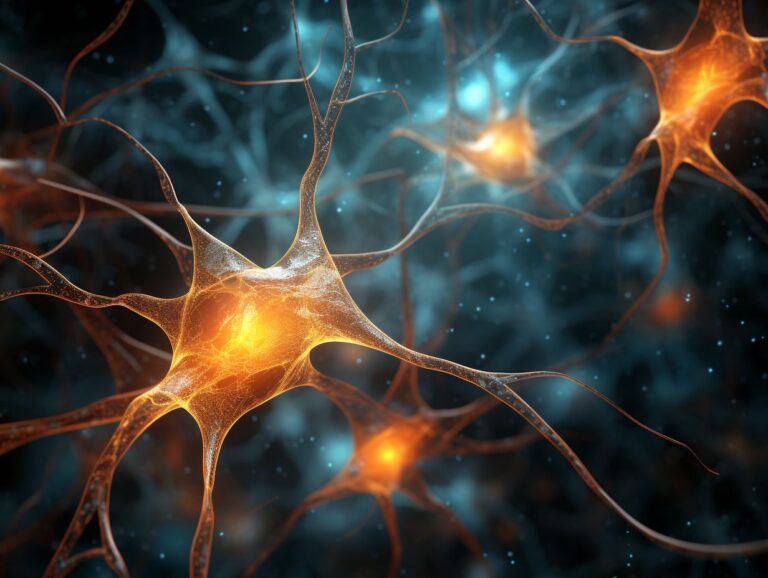Unveiling the Dynamics: The Intricate Mechanism of GLP-1 Medications in Diabetes Management
In the intricate tapestry of managing type 2 diabetes, the role of GLP-1 (glucagon-like peptide-1) medications stands out as a pivotal thread, offering a nuanced approach to glycemic control. These medications, designed to mimic the effects of the natural GLP-1 hormone, operate through a sophisticated mechanism that orchestrates key processes in glucose regulation. As we delve into the depths of their mechanism of action, a clearer understanding emerges of how GLP-1 medications contribute to the delicate balance required for effective diabetes management. Join us on a journey to unravel the intricacies of how these medications exert their therapeutic effects, providing valuable insights into their role in the realm of diabetes care.
The mechanism of action of GLP-1 (glucagon-like peptide-1) medications is a fundamental aspect that underlies their effectiveness in the management of type 2 diabetes. Understanding how these medications operate within the body provides insight into their therapeutic benefits. At its core, the mechanism of action of GLP-1 medications revolves around mimicking the effects of the natural GLP-1 hormone.
GLP-1 is a hormone released by the intestine in response to food intake. It plays a crucial role in regulating blood glucose levels by stimulating insulin secretion from the pancreas while inhibiting glucagon release. This dual action contributes to glucose control by promoting the uptake and storage of glucose in cells while limiting the production of glucose in the liver.
GLP-1 medications, also known as GLP-1 receptor agonists, work by binding to and activating the GLP-1 receptors on the surface of pancreatic beta cells. This activation enhances insulin secretion in a glucose-dependent manner, meaning that the release of insulin is triggered specifically when blood glucose levels are elevated. This targeted response helps prevent hypoglycemia, a common concern in diabetes management.
In addition to stimulating insulin release, GLP-1 receptor agonists also suppress glucagon secretion. Glucagon is a hormone that raises blood glucose levels by promoting the breakdown of glycogen in the liver. By inhibiting glucagon release, GLP-1 medications further contribute to glucose control, preventing excessive glucose production in the liver.
Beyond their effects on insulin and glucagon, GLP-1 medications also slow down gastric emptying. This delay in the emptying of the stomach helps regulate the rate at which nutrients are absorbed into the bloodstream, preventing rapid spikes in blood glucose levels after meals. The overall impact of GLP-1 medications on these interconnected processes results in improved glycemic control, making them valuable tools in the management of type 2 diabetes. Additionally, these medications have been associated with other beneficial effects, such as weight loss, which can be particularly advantageous for individuals with obesity or overweight conditions.
In conclusion, the mechanism of action of GLP-1 medications involves the activation of GLP-1 receptors, leading to enhanced insulin secretion, reduced glucagon release, and delayed gastric emptying. This multifaceted approach addresses various aspects of glucose metabolism, providing a comprehensive and targeted strategy for managing blood glucose levels in individuals with type 2 diabetes.







